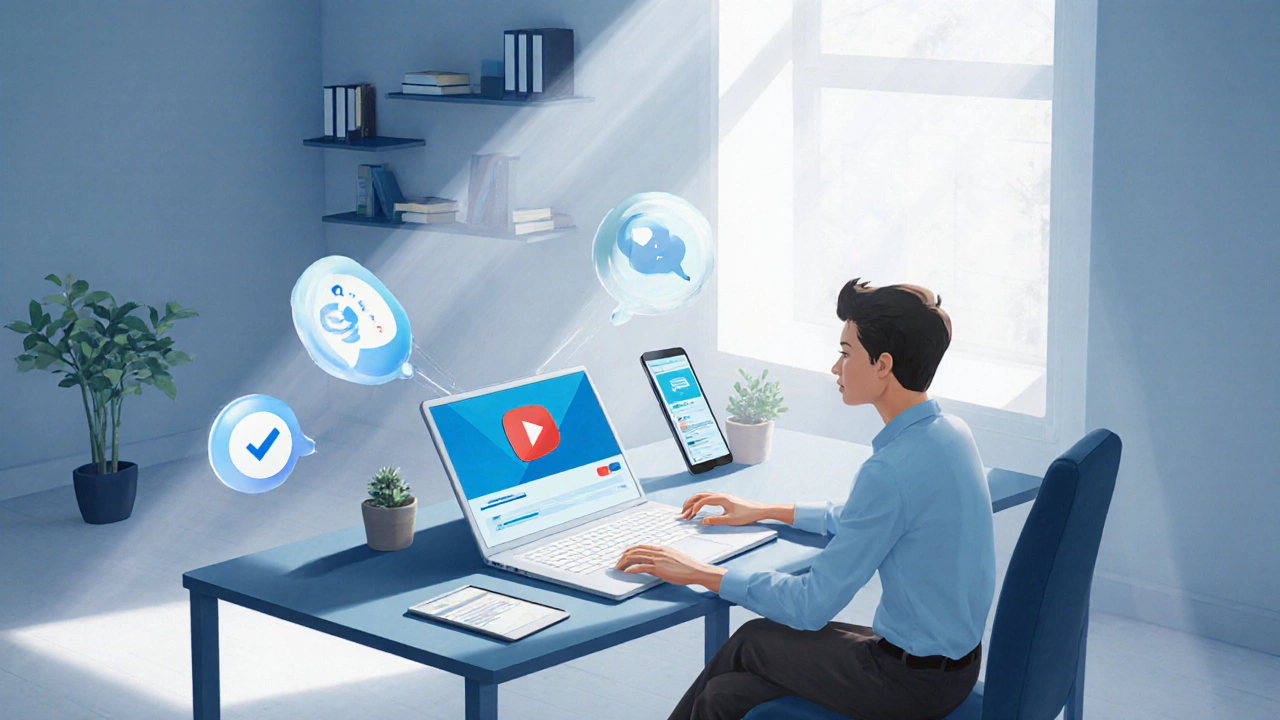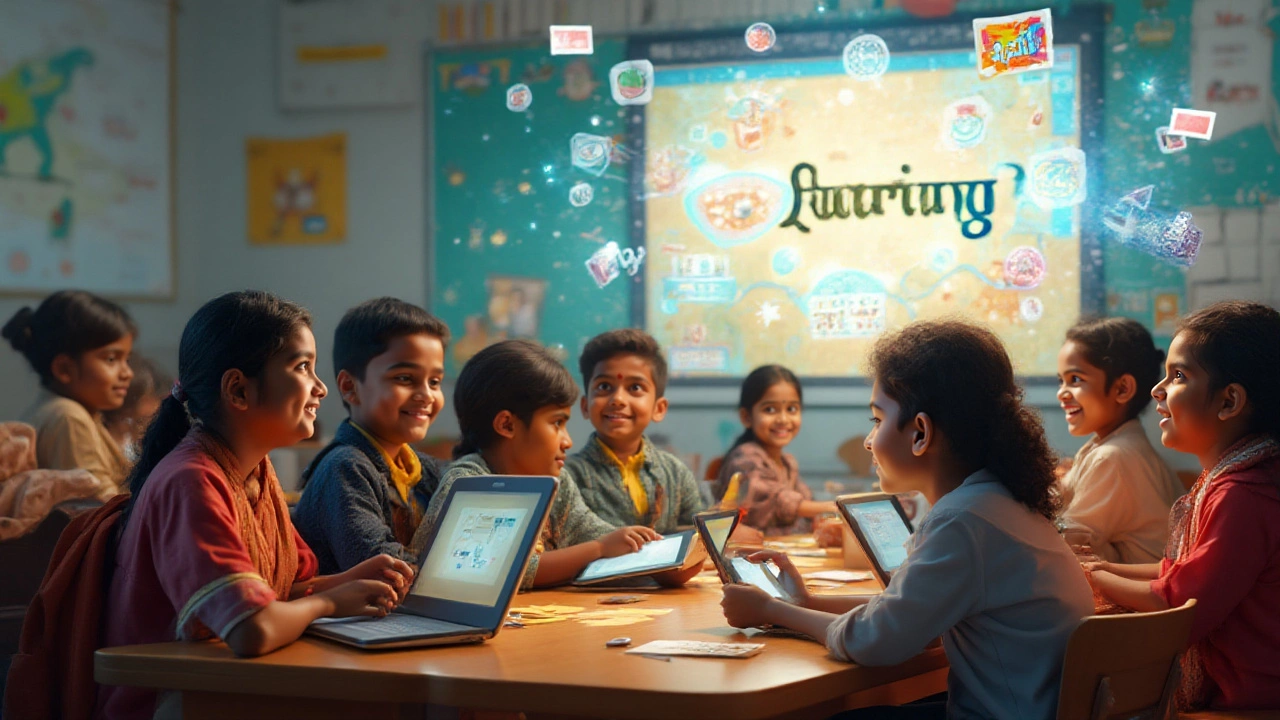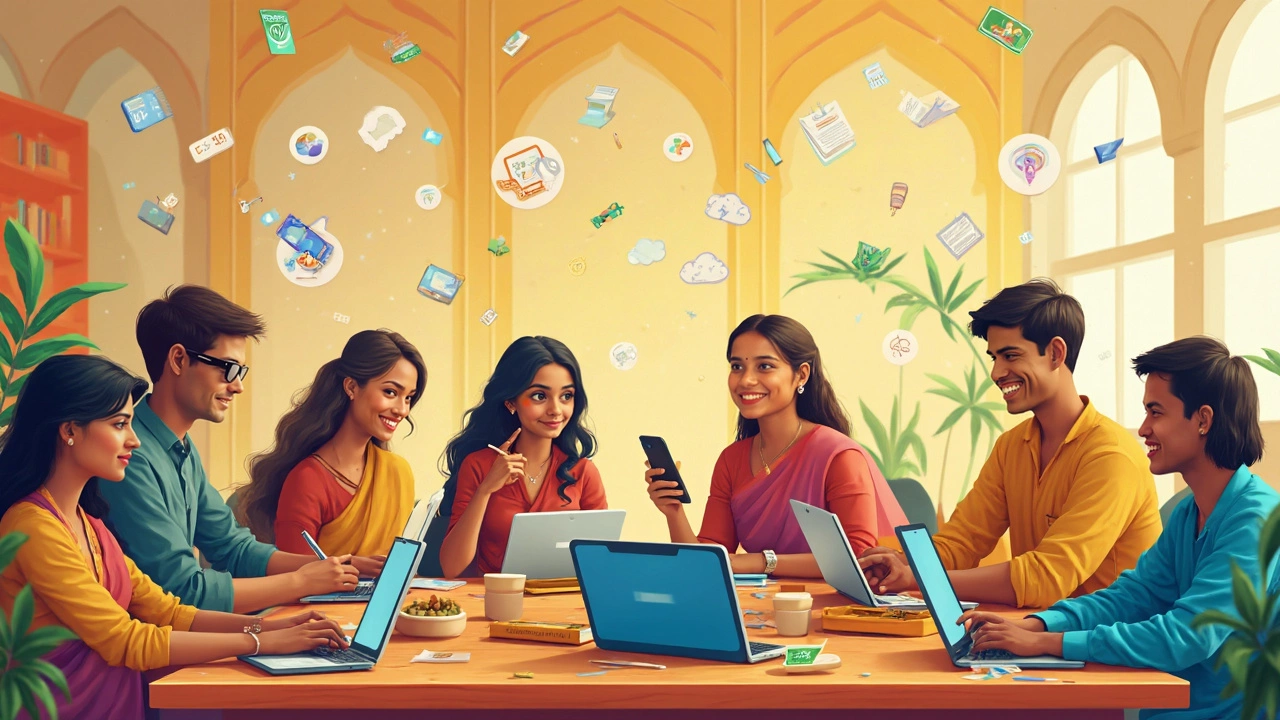Digital Education: What It Is, How It Works, and What You Need to Know
When we talk about digital education, the use of technology to deliver learning content and support teaching activities. Also known as online learning, it’s no longer just a backup plan—it’s the main road for millions of students and teachers across India. Whether you’re a student in a small town using a smartphone to watch a lecture or a teacher building quizzes on a free platform, you’re part of digital education. It’s not about fancy gadgets. It’s about access, flexibility, and making learning work for real life.
Digital education isn’t one thing. It includes eLearning, structured online courses designed for self-paced learning, virtual classrooms, live sessions where teachers and students interact in real time, and even simple tools like Google Classroom or WhatsApp groups used to share notes. These aren’t just alternatives to textbooks—they’re reshaping how knowledge moves. You don’t need a campus to learn. You just need a device and a connection. And in India, where millions are joining the digital space for the first time, this shift is powerful.
What makes digital education stick? It’s not the platform. It’s the design. The best digital learning follows clear stages: figuring out what learners need, building the right content, testing it, and then putting it into use. That’s the same process used in top eLearning platforms like Coursera or Khan Academy. But here’s the catch: not every online course works. Some are just slides with audio. Others feel like a live class, where you’re asked to think, not just watch. The difference? The people behind it. And that’s why you’ll find guides here on how to pick the right tools, avoid burnout, and even start your own learning platform if you want to.
You’ll also see how digital education connects to real-life goals—like getting certified fast, landing government jobs, or switching careers without going back to college. It’s not just about watching videos. It’s about earning credentials employers recognize, mastering skills like coding without being great at math, and knowing which certifications actually matter in 2025. This collection doesn’t just explain digital education. It shows you how to use it—whether you’re a student, teacher, or someone trying to upskill on your own.


